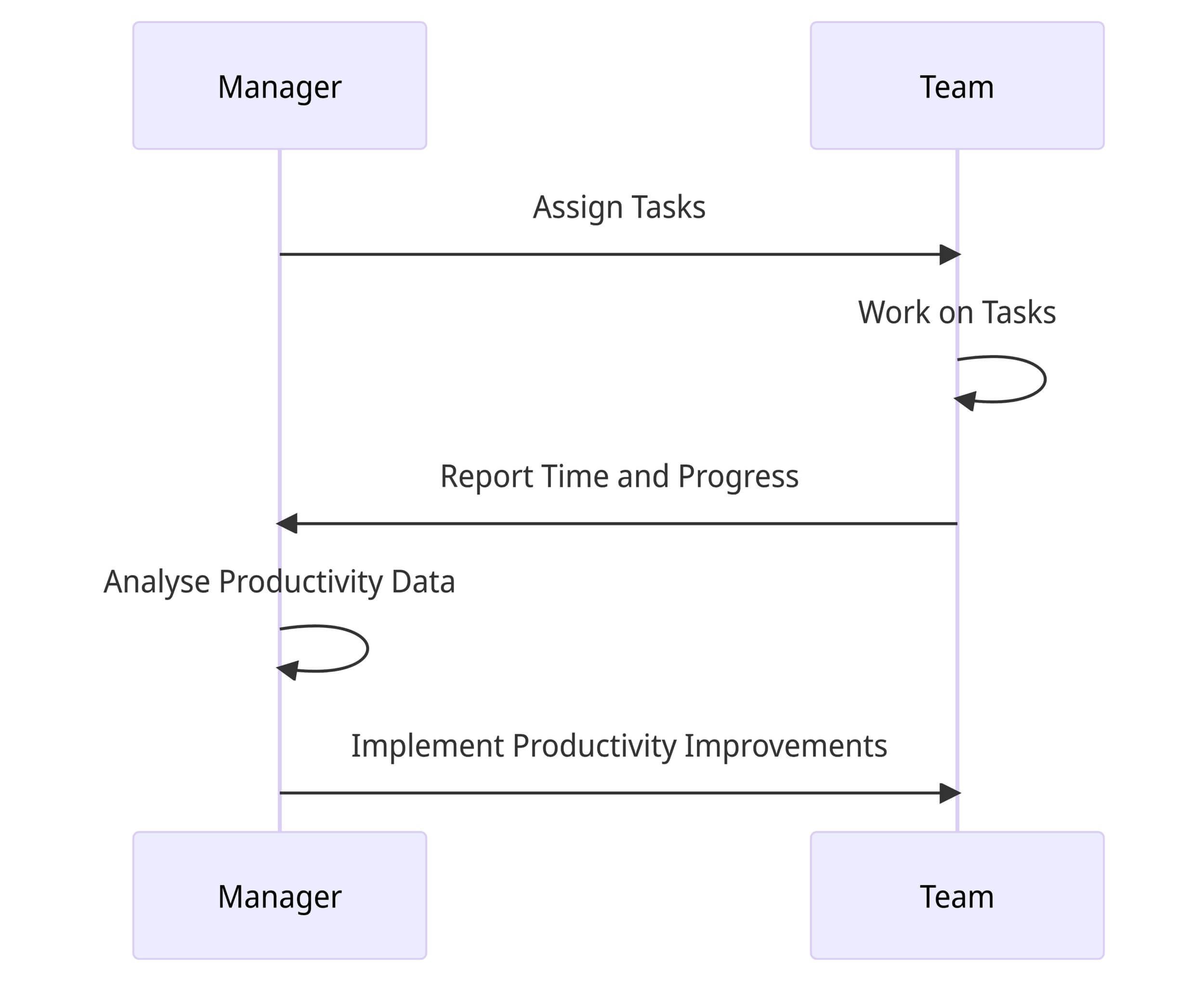Effective Strategies for Managing Remote Tech Teams
As the world of technology continues to grow, managing remote tech teams effectively has evolved into a pivotal skill within the sector. Due to fundamental differences in collaboration and communication, some businesses mistakenly assume that a remote tech workforce is less efficient than an office-based team. This notion often deters them from fully realising the multifaceted advantages of a widespread network of professionals. This article explores the diverse strategies to unlock the full potential of a remote tech team.
Selecting Suitable Collaboration Tools
Remote teams are highly dependent on collaboration tools, and their appropriate usage can make geographic dispersion nearly unnoticeable. Tools for project management, such as Asana or Trello, are indispensable in keeping team members updated on project details, timelines, and priorities. Simultaneously, real-time communication platforms like Slack, Zoom, and Microsoft Teams are vital to prevent delays in decision-making and troubleshooting.
Cultivating a Results-Focused Approach
In the absence of in-office scrutiny, remote tech teams often manage their time more efficiently, resulting in increased productivity. However, the boon of extra freedom can morph into a bane if self-discipline wavers. Thus, managers need to prioritise project outcomes and quality deliverables over physically logged hours. This strategy mitigates the tendency to micromanage, reducing pressure on teams, which in turn fosters better results.
Tracking Productivity
Although project outcomes are paramount, it's crucial for managers to understand the time allocation for each task to identify potential efficiency improvements. Tools like Timely, Toggl, and Hubstaff can track productivity, providing invaluable insight into the work patterns of remote teams. By analysing the data gathered, managers can make informed decisions to optimise productivity and enhance team performance.
A sequence diagram that illustrates the flow of task management and productivity improvements in a remote tech team setting.
The Importance of Clear Communication
Remote work's rise to prominence, particularly since the pandemic, is largely due to the added flexibility and autonomy it brings to work practices. However, without regular and clear communication, remote teams can inadvertently create silos. Hence, establishing and maintaining clear communication channels is vital. Regular video conference meetings, both scheduled and impromptu, ensure important updates are shared and foster a sense of community and trust amongst team members.
Building a Positive Team Culture
Creating a positive team culture is not just feasible for remote tech teams, it's imperative. Cultures are constructed on shared values, behaviours, and attitudes, with effective communication and collaboration serving as core pillars. Acknowledging team members' contributions and celebrating team victories is as important as open and honest communication.
A robust culture nurtures a sense of community and trust, which can be further reinforced through opportunities for authentic relationship building. Virtual team-building activities like quizzes and coffee meetings can foster camaraderie, leading to improved quality of work.
Effectively managing a remote tech team is an art that is refined over time. By selecting appropriate collaboration tools, focusing on results, tracking productivity, emphasising clear communication, and fostering a positive team culture, managers can tap into the boundless potential of remote teams.
The integration of these strategies can facilitate the seamless operation of remote tech teams, maximising their productivity and efficiency irrespective of geographic dispersion. By overcoming the unique challenges of remote work, we can fully harness its manifold benefits.


